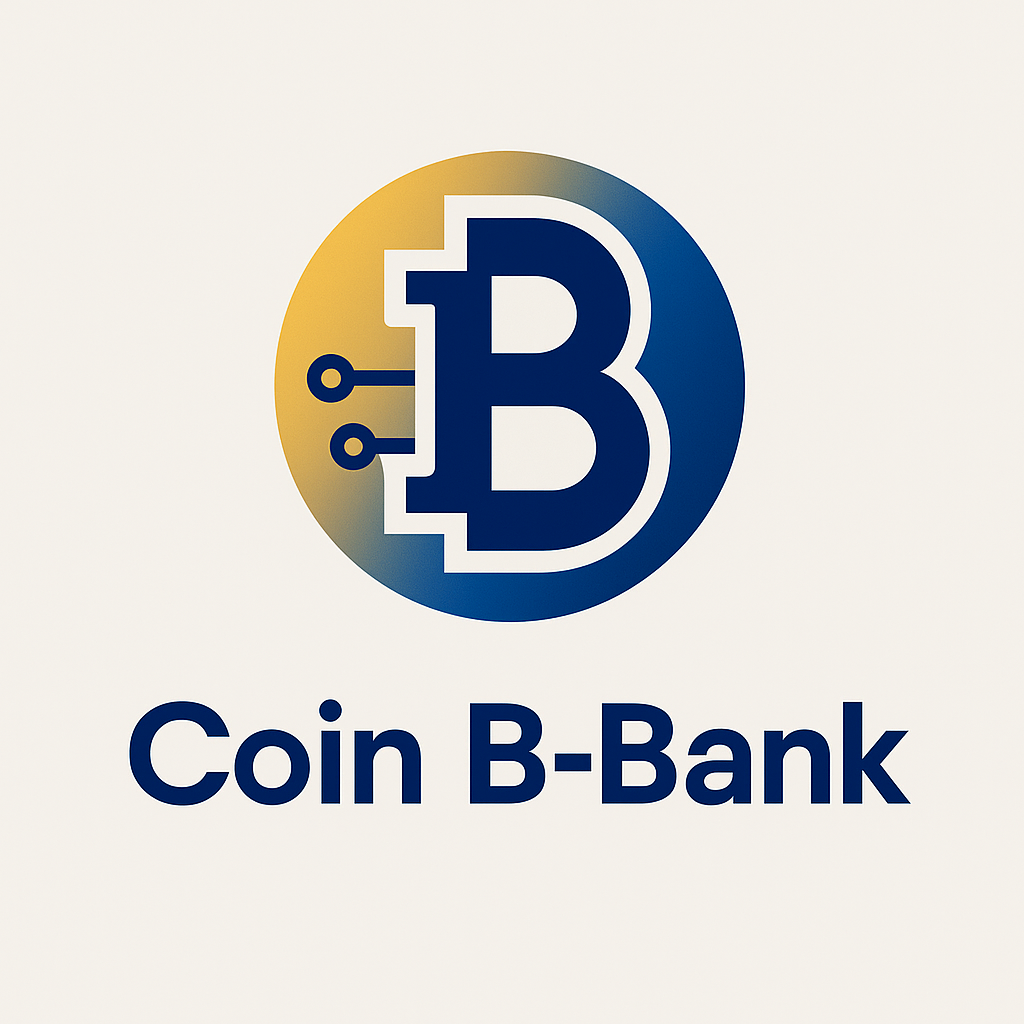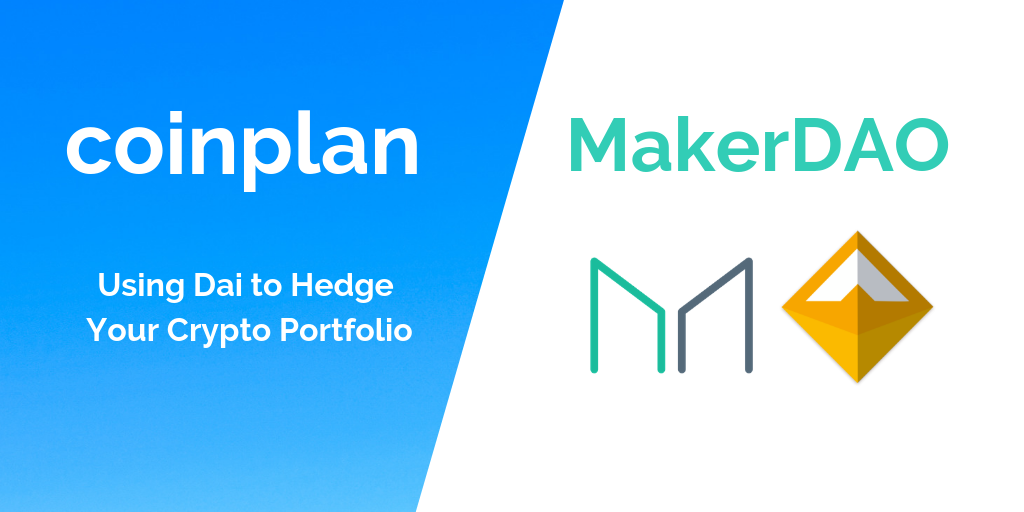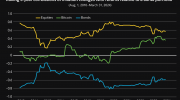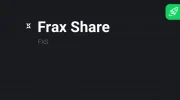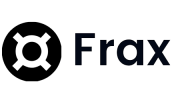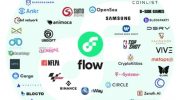In the ever-evolving world of cryptocurrency, finding the right assets to enhance your digital portfolio is crucial. One cryptocurrency that has garnered significant attention is Dai (DAI), a stablecoin that offers unique advantages for investors and traders alike. This article will delve into what Dai is, its benefits, how to incorporate it into your portfolio, and the future outlook for this innovative digital asset.
What is Dai?
Dai is a decentralized stablecoin that is soft-pegged to the US Dollar, meaning that its value is designed to remain close to $1. It is built on the Ethereum blockchain and is governed by the Maker Protocol. Unlike traditional stablecoins, which are backed by fiat currencies held in a bank account, Dai is generated through collateralized debt positions (CDPs), where users lock up cryptocurrency as collateral to mint Dai. This unique mechanism ensures that Dai remains decentralized and resilient to market volatility.
Key Features of Dai
- Stability: As a stablecoin, Dai aims to maintain a stable value, making it less susceptible to the extreme price fluctuations that characterize many cryptocurrencies.
- Decentralization: Unlike centralized stablecoins, Dai is governed by the MakerDAO community, which makes it more resistant to censorship and manipulation.
- Transparency: All transactions and collateral are recorded on the Ethereum blockchain, providing transparency and security to users.
- Global Accessibility: Dai can be accessed and utilized by anyone with an internet connection, making it an excellent option for international transactions.
Benefits of Adding Dai to Your Portfolio
Incorporating Dai into your digital portfolio can offer several benefits:
- Risk Management: By holding Dai, investors can reduce the overall volatility of their portfolio. When market conditions become unfavorable, converting volatile cryptocurrencies to Dai can help preserve capital.
- Liquidity: Dai provides a high level of liquidity, as it can be easily traded on numerous exchanges, allowing for quick access to funds when needed.
- Earning Interest: Many decentralized finance (DeFi) platforms allow users to earn interest on their Dai holdings, creating an opportunity for passive income.
- Seamless Transactions: Dai can be used for a variety of transactions, from remittances to online purchases, providing versatility in how you manage your funds.
How to Acquire Dai
There are several ways to acquire Dai:
- Exchanges: You can purchase Dai on various cryptocurrency exchanges such as Binance, Coinbase, and Kraken using other cryptocurrencies or fiat money.
- Minting: If you own Ethereum or other accepted collateral, you can mint Dai by creating a collateralized debt position (CDP) through the Maker Protocol.
- Peer-to-Peer Transactions: Dai can also be obtained through peer-to-peer transactions with other users, providing flexibility in how you acquire it.
Strategies for Using Dai
Here are some strategies for effectively using Dai in your digital portfolio:
1. Hedging Against Volatility
During periods of high volatility in the crypto market, converting your holdings into Dai can serve as a hedge, protecting your portfolio from significant losses.
2. Participation in DeFi
Utilize Dai in the DeFi space by lending it on platforms like Aave or Compound, where you can earn interest and yield on your holdings.
3. Cross-Border Transactions
Leverage Dai for cross-border transactions, as it allows for fast, low-cost transfers without the need for traditional banking systems.
The Future of Dai
As the cryptocurrency ecosystem continues to grow, Dai is well-positioned to play a pivotal role in the DeFi landscape. With increasing adoption of decentralized applications (dApps) and the ongoing development of the Maker Protocol, Dai’s utility and demand are likely to increase. Moreover, its governance model ensures that it can adapt to the changing needs of the market.
Take the time to research and consider how Dai can fit into your investment strategy, and you may find it to be a key asset in navigating the dynamic cryptocurrency market.
